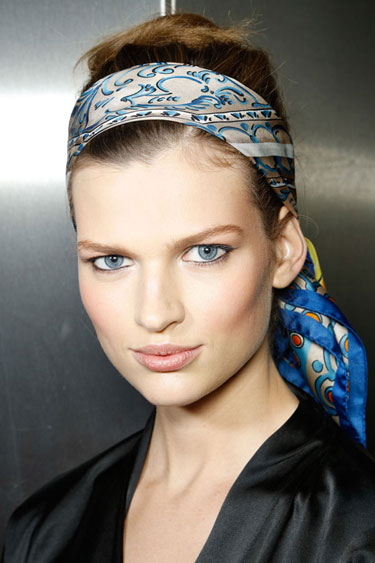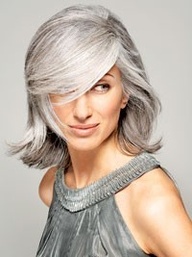
Watching your hair slide down the shower drain or clumping up on your brush is a horrible feeling, especially for women! Our hair is connected to our identity, our youth, and our health. While it’s natural for some women to experience hair loss at certain times in their menstrual cycles or times of the year, hair loss is also caused by specific health conditions including a thyroid imbalance.
Why does a thyroid imbalance cause thinning hair?
Your hair normally grows in a healthy cyclical pattern with most of the hair follicles growing while only a small number are “resting.” With a thyroid imbalance, this cycle can be thrown off, resulting in more hair follicles “resting” than growing — and more hair falling out. Hair loss is a very common symptom of a thyroid imbalance.
But thyroid imbalances often arise slowly and remain unnoticed by patients and their doctors in the early phases. Even with a lab test, your doctor may say everything is fine with your thyroid, even though you strongly suspect that something is wrong. This is because standard labs have a very wide range for what is “normal” in terms of thyroid test results.
So how do you know if your hair loss is connected to a thyroid disorder?
Five signs and symptoms your hair loss is connected to a thyroid disorder
1. Thinning eyebrows. Hypothyroidism (an underactive thyroid) often causes general hair loss as well as thinning of the outer third of the eyebrows. We don’t know exactly why the eyebrow is targeted in thyroid disorders, but this is a good indicator that your thyroid hormones may be low.
2. Hair that is brittle, dry, and breaking easily. Dry, brittle hair is also connected to low thyroid function. And research published in the Journal of Clinical Endocrinology & Metabolism finds that thyroid hormones increase growth and color in hair. Low thyroid hormone can lead to the early release of the hair shaft and root, as well as premature gray or white hair.
3. Feeling exhausted all the time, even after 8 hours of sleep. The thyroid is the master of our metabolism, so it affects the way we use and store energy. With low thyroid hormone, metabolism slows down. This can often lead to persistent fatigue as well as weight gain.
4. Puffiness in the face or extremities. Many people with hypothyroidism have an excess of a compound called mucin. Mucin is part of our connective tissue and is present in blood vessels and cells all over the body. It absorbs water and may cause excess water retention in an individual with an underactive thyroid imbalance.
5. Yellowing of the palms of your hands. Yellowing of the skin on your hands can happen with a thyroid imbalance due a build-up of carotene in your blood. Hypothyroidism can slow the conversion of carotene to vitamin A.
If you think your hair loss might be connected to a thyroid imbalance, begin supporting your thyroid — and your hair — naturally. Kasia provides key vitamins and minerals, as well as suggested dietary changes to target thyroid imbalances from the inside out.
Testing for more severe hair loss
Most mild to moderate hair loss will improve with some basic stress reduction and positive lifestyle changes. Hair loss that is more dramatic or persists warrants a closer look. Testing for insulin resistance, testosterone levels, and thyroid or other metabolic dysfunction can point to androgen sensitivity, thyroid dysfunction, or another endocrinologic disturbance as a possible cause for a woman’s thinning hair. Some women will experience male pattern baldness if their bodies have high testosterone or become sensitive to normal circulating levels of androgens.
Here are the tests I’d recommend discussing with your practitioner:
- hormone panel (testing specifically both free and total testosterone levels)
- thyroid testing
- fasting insulin
- metabolic panel (for kidney and liver function)
- ferritin stores (for iron deficiency)
- CBC (complete blood count) with differential
- allergy testing
References
womentowomen.com
Van Beek, N, et al. 2008. Thyroid hormone directly alter human hair follicle functions: anagen prolongation and stimulation of both hair matrix keratinocyte proliferation and hair pigmentation. Journal of Clinical Endocrinology & Metabolism, 93(11): 4381. URL: http://www.ncbi.nlm.nih.gov/pubmed/18728176.
Arem, Ridha. 2000. The Thyroid Solution. New York, NY: Ballantine Books.


 darker than the rest of your hair color which will create a dimension and make your hair look thicker.
darker than the rest of your hair color which will create a dimension and make your hair look thicker. Get Color to Add Dimension
Get Color to Add Dimension













